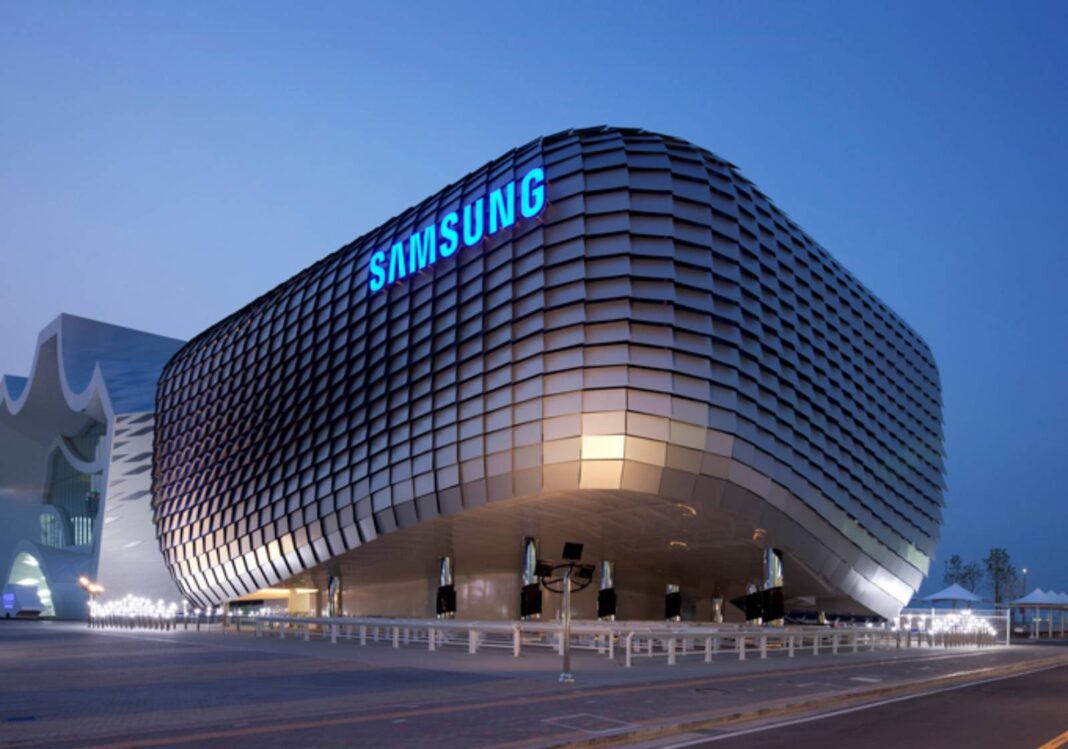Samsung Q2 profit falls 56%, shocking investors and signaling a rough patch for the global tech giant. On July 8, Samsung Electronics announced its operating profit plunged to ₩4.6 trillion (~$3.3 billion) for April–June 2025—its lowest in six quarters and well below forecasts—highlighting escalating challenges in its semiconductor and foundry divisions.
🔍 Key Reasons Behind the Decline
1. US Export Curbs on AI Chips to China
Samsung blamed US restrictions on advanced AI chips bound for China. These controls resulted in slowed shipments and inventory write-downs in its chip division.
2. HBM3E Delays with Nvidia
The company’s HBM3E memory chips—critical for AI workloads—have yet to receive certification from Nvidia. While shipments to AMD and Broadcom have begun, Samsung remains behind competitors SK Hynix and Micron.
3. Foundry Losses
Samsung’s foundry arm sustained over ₩4 trillion in losses during H1 2025, due to poor yields, lost contracts, and lowered utilization. Export restrictions and strong won also hurt the segment.
4. Currency and Appliance Headwinds
A stronger Korean won and US tariffs on TVs and appliances dented Samsung’s competitiveness and margins.
📊 Financial Snapshot
| Metric | Q2 2025 Estimate | Q2 2024 (YoY) | Forecast (LSEG SmartEstimate) |
|---|---|---|---|
| Operating Profit | ₩4.6 trillion (~$3.3 bn) | ~₩10.4 trillion | ₩6.2–6.3 trillion |
| Revenue | ₩74 trillion (~–0.1% YoY) | Similar to prior year | ≈ ₩74 trillion |
🧠 Market & Analyst Reactions
- Shares slipped ~0.5% following the announcement, while rival SK Hynix rose over 4%.
- Investor sentiment cautious: Samsung has underperformed SK Hynix (+60% YTD vs. +20% for Samsung), spurring concern over AI chip competitiveness. reuters.com
- Analysts predict rebound in Q3 if HBM supply picks up and chip demand recovers.
🔮 What Lies Ahead
- Full Q2 results on July 31: Detailed division-level breakdowns and net profit figures expected.
- HBM3E approval push: Securing Nvidia certification remains a top priority.
- Foundry recovery: Samsung targets improved yields and contract wins in H2.
- Diversification efforts: The planned ~₩3.9 trillion share buyback (part of a ₩10 trillion scheme) aims to bolster investor confidence.
🌐 Broader Significance
This downturn underscores the fragmented global chip landscape, where geopolitical moves—like US export curbs—directly impact corporate results. Samsung’s struggle highlights how AI memory demand is now central, and falling behind in HBM could put long-term pressure on its leadership.
✅ Conclusion
With Samsung Q2 profit falls 56%, the company faces its toughest financial quarter since 2023. The combination of export curbs, HBM delays, foundry losses, and macroeconomic pressures has tested its resilience. Still, with a strong rebound possible in the coming quarter—if chip demand recovers and product approvals materialize—Samsung’s strategic pivots, including its foundry turnaround and HBM push, will define its future trajectory.



